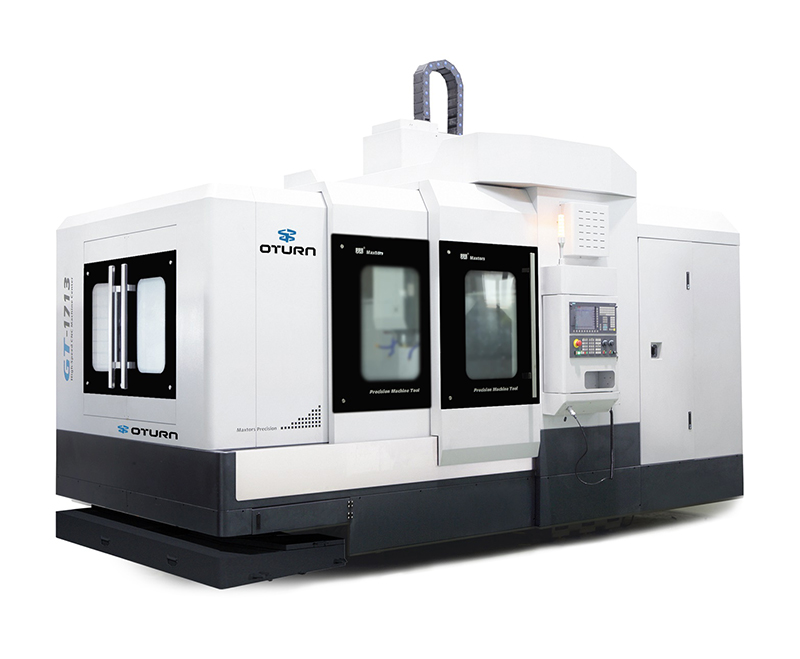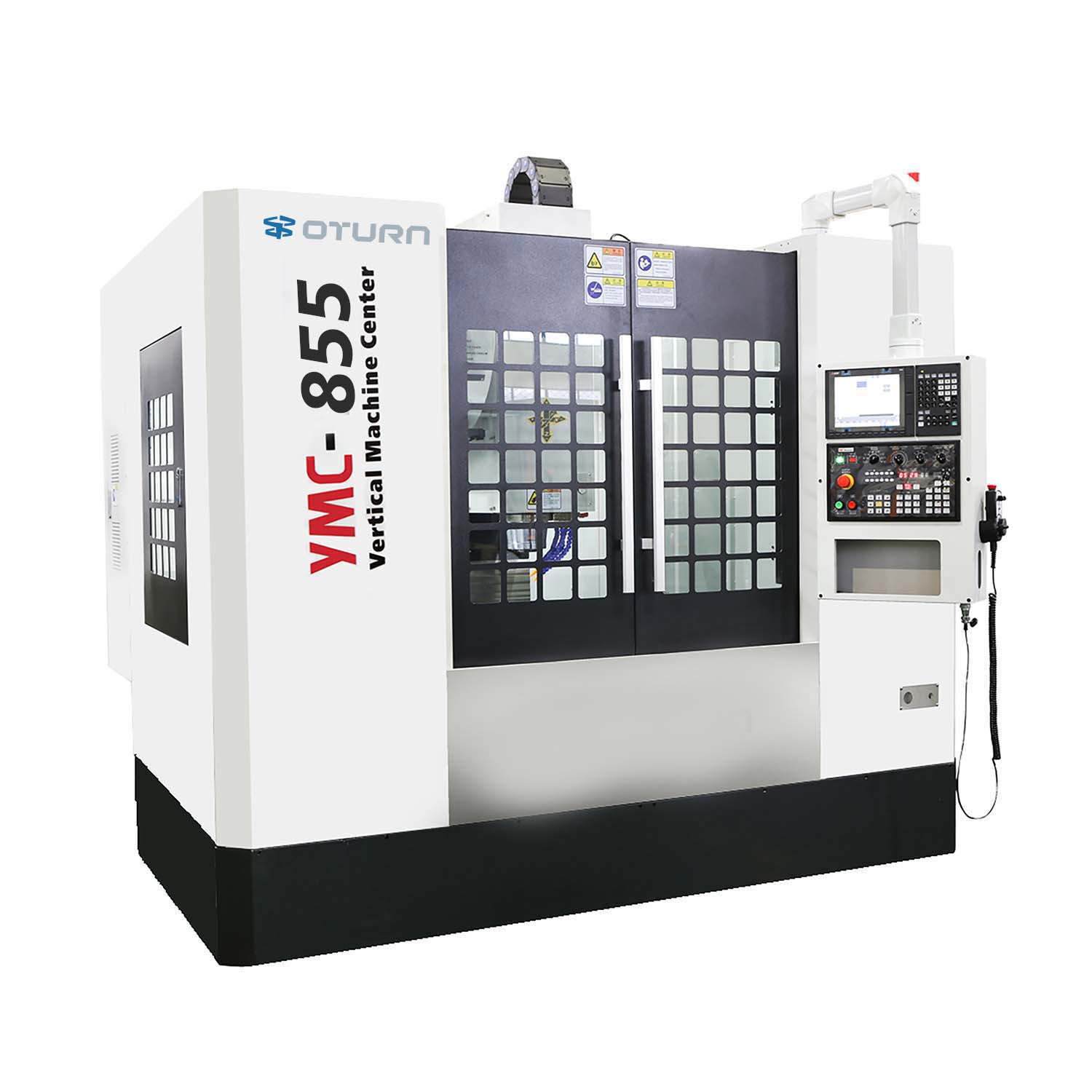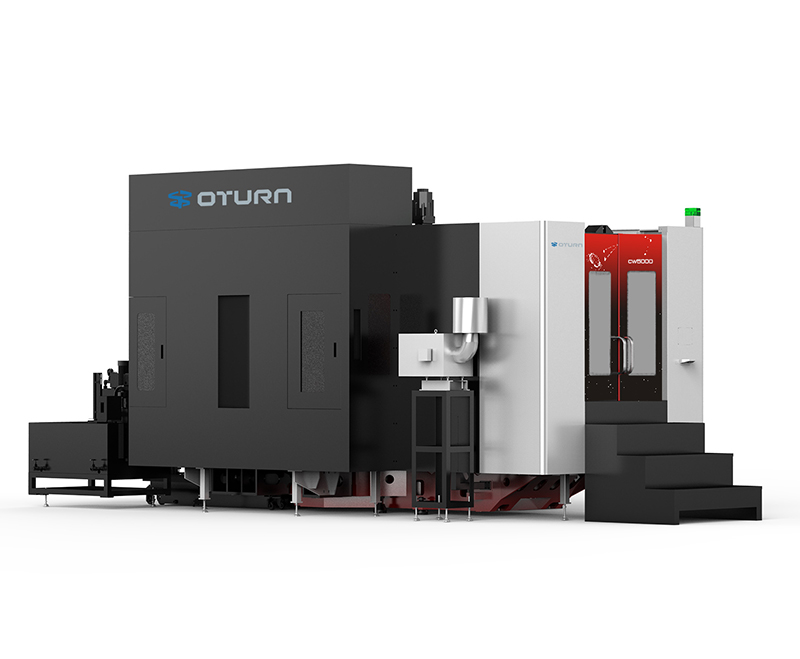Advantages of Using a CNC Machining Center
CNC machining centers are revolutionizing the manufacturing industry. These advanced machines offer unmatched precision and efficiency. They are a critical component in modern production processes.
Manufacturers are constantly seeking ways to improve production. CNC machining centers provide a solution by automating complex tasks. This reduces manual labor and increases output speed.
These centers handle a wide range of materials. From metals to plastics, they offer precise machining capabilities. This versatility makes them indispensable in various industries.
Vertical machining centers are particularly popular. Their space-saving design and flexibility are ideal for many applications. They are a key part of CNC machining technologies.
Investing in CNC machining centers can enhance competitiveness. They support complex designs and ensure consistent quality. The long-term benefits far outweigh the initial costs.
What Is a CNC Machining Center?
A CNC machining center is a computer-controlled machine. It automates precise machining tasks with minimal human intervention. This technology is essential for modern manufacturing processes.
These centers can perform multiple operations. Drilling, milling, and tapping are done in a single setup. This capability enhances production efficiency significantly.
Key features of CNC machining centers include:
· High precision and accuracy
· Ability to handle diverse materials
· Advanced machining tools
With CNC machining centers, manufacturers achieve tighter tolerances. This leads to reduced waste and improved product consistency. Their compatibility with CAD/CAM software enhances design precision.
Key Components and Types of CNC Machining Centers
CNC machining centers consist of several critical components. Each element plays a vital role in their functionality. The central unit is the computer that controls the operations.
Other components include:
· Spindle: Rotates the machining tool
· Tool changer: Holds and switches tools
· Worktable: Supports the material being machined
There are different types of CNC machining centers. They are typically classified by the position of the spindle. Vertical and horizontal machining centers are the two primary types.
Each type offers unique advantages. The choice depends on the manufacturing needs. Understanding these differences is key to selecting the right machine.
Vertical Machining Center vs. Other Types
CNC vertical machining center (VMC) have a vertically oriented spindle. This design makes them space-efficient. They are particularly suited for flat parts.
Horizontal machining centers feature horizontal spindles. These are often used for complex, larger workpieces. They allow for machining on multiple sides.
Key differences include:
· Space requirements: VMCs save more space.
· Complexity: HMCs can handle intricate designs.
· Cost: VMCs are generally more affordable.
Both types are crucial in manufacturing.
The selection will be influenced by particular production requirements and budget limitations.
Main Advantages of CNC Machining Centers
CNC machining centers revolutionize manufacturing with numerous benefits. They offer unparalleled precision and efficiency, making them indispensable.
Key benefits include:
· Enhanced production speed
· Consistent product quality
· Reduced human error
· Flexibility in design changes
· High efficiency with minimal waste
These centers can handle a wide range of materials. They support complex geometries and intricate designs. This versatility is crucial in industries like aerospace and automotive.
Their automated features lower labor costs. The integration of advanced machining tools boosts precision. By reducing lead times, they enhance competitiveness in the market.
Improving Production Efficiency
Production efficiency is critical in modern manufacturing. CNC machining centers excel in this area, offering several efficiency-enhancing features.
· They automate numerous machining tasks.
· Multiple operations occur in a single setup.
· Automation reduces the need for manual intervention.
This increases output speed significantly. By minimizing downtime, these centers can handle high-volume production runs. Streamlined operations mean faster delivery times and increased productivity.
The rapid setup changes allow for quick shifts in production parameters. This flexibility is key for manufacturers with diverse product lines. Ultimately, this improves overall operational efficiency.
Achieving Precise Machining and Consistent Quality
Precision is vital for maintaining quality standards. CNC machining centers are designed to achieve high levels of precision consistently.
· They utilize computer-controlled accuracy.
· Advanced machining tools ensure exact measurements.
· Reduced human error leads to consistent quality.
Each product meets exact specifications every time, reducing scrap rates. This consistency is beneficial for industries where precision is crucial. For example, automotive and medical device manufacturing demand tight tolerances.
Moreover, precision CNC machining allows for intricate designs. This capability opens up possibilities for custom manufacturing without sacrificing quality. It sets the foundation for strong competitive advantages in the market.
Flexibility and Versatility in Manufacturing
CNC machining centers offer remarkable flexibility. They handle a wide range of materials with ease. This adaptability is a cornerstone of their versatility in manufacturing.
Key features include:
· Quick changeover capabilities
· Support for complex designs
· Adaptability to different materials
These features make CNC machining centers ideal for varied production demands. They enable manufacturers to quickly switch between projects, enhancing their ability to meet diverse customer needs efficiently. The versatility ensures competitiveness across different sectors.
Integration with Modern Machining Technologies
CNC machining centers integrate seamlessly with modern machining technologies. They are compatible with CAD/CAM software, streamlining design-to-production workflows.
As machining technologies evolve, CNC centers adapt swiftly. This integration boosts efficiency and allows for complex, precise machining tasks with ease.
Cost Considerations and Long-Term Benefits
Investing in a CNC machining center can be significant initially. However, the long-term benefits justify the expense.
These centers reduce labor costs and enhance production efficiency. Here are key long-term benefits:
· Higher precision reduces waste.
· Automation lowers manual labor needs.
· Consistent product quality boosts market competitiveness.
Maintenance and Best Practices for Optimal Performance
Regular maintenance ensures CNC machining centers perform at their peak. Key practices include:
· Routine calibration for accurate machining.
· Regular inspection of components and systems.
· Timely replacement of worn-out machining tools.
These steps guarantee efficiency and prolong equipment life.
Conclusion: Why CNC Machining Centers Are a Critical Component in Modern Manufacturing
CNC machining centers are essential to modern manufacturing.
They offer accurate machining skills and boost production efficiency.
This technology supports a wide range of materials and complex designs.
These centers enhance competitiveness by reducing lead times and lowering operational costs. This makes them invaluable in industries requiring precision. As machining technologies advance, CNC centers will continue to play a crucial role, offering improved capabilities and efficiencies. Investing in these centers is an investment in a future-proof, sustainable production process.
Post time: Jun-18-2025










